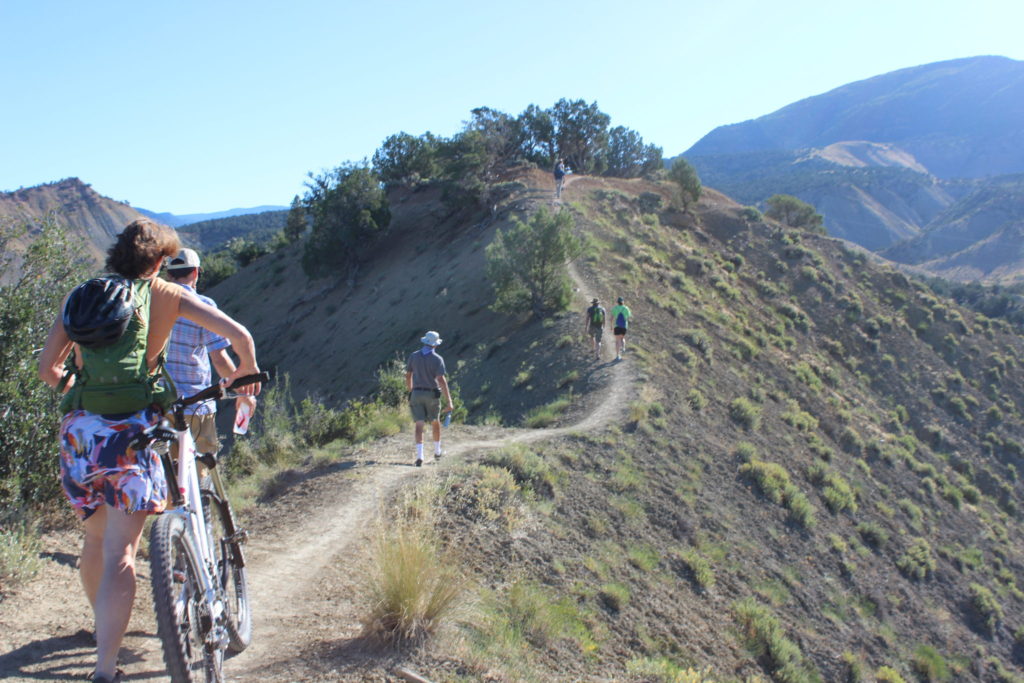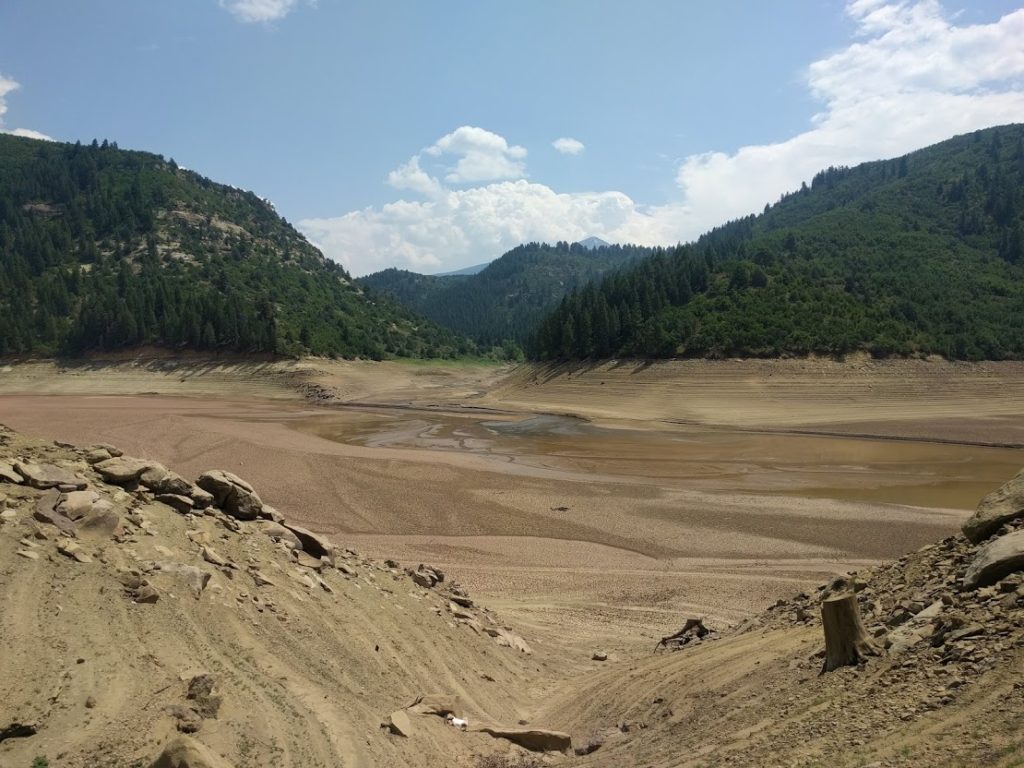During this series, we will learn fascinating facts about the initiatives and histories of the Western Slope from experts in the field.
Sage-Grouse and mule deer are icons of the American West, both depending on sage brush habitats for vital parts of their life history. As agricultural, residential, and recreational development have encroached on their habitats in western Colorado, both Gunnison Sage-Grouse and mule deer populations have declined. BLM lands may provide the last refugia for these and many other sage brush obligate species. Join BLM Wildlife Biologist Neil Perry on April 2nd to learn about ongoing efforts to conserve sage-brush habitat on BLM lands.
Stay tuned for additional details on this Report from the Field.
Report from the Field #2 – Sharing Space: Impacts on Wildlife
As outdoor recreation becomes a more prominent economic driver in our rural communities, it is important to understand exactly what effects the outdoor industry will have on the resident wildlife population who also inhabit Colorado’s wildlands. Join us for our second Report from the Field. Listen to Andrew Taylor, CO Park and Wildlife’s Paonia District Wildlife Manager, to hear about recreation impacts to wildlife populations, and begin a discussion on big game migration in the Lower Gunnison watershed.
Report from the Field #1 – The Challenge of Coal Mine Methane
Christopher Caskey, Delta Brick and Climate Company, Jan 23, 2020, Paonia Library, 6:30 PM
The economy of Colorado’s North Fork of the Gunnison River valley has been based on coal mining and agriculture for over 100 years. As natural gas and renewables have decreased in price, local coal mines have laid off workers and closed, forcing the region to rely more heavily on its agriculture. As is the case with many coal deposits, North Fork coal is saturated with methane and other gases. To prevent underground fires, that gas is vented during mining, and the venting continues long after mine closure. This represents a wasted resource and a source of pollution: the climate impact of vented methane is 84 times that of carbon dioxide, and other vented gases have acute toxicity.
The North Fork’s agricultural sector has a challenge as well.
Much of the local water delivery system is controlled by Paonia Dam and Reservoir, where storage allows irrigation into the summer months. This storage been severely diminished by sediment build-up in the reservoir, and sediment flushing can harm the downstream ecosystem.
These problems are seen as an opportunity for Delta Brick & Climate Company.
Paonia Reservoir sediment is high-quality clay and can be converted with heat from burning the methane into useful ceramics such as brick and tile. This converts the methane and toxic gases into non-toxic carbon dioxide and water, and provides building materials to sell to Colorado’s growing population. This is also an opportunity to grow community between climate scientists, coal miners, farmers, conservationists, and builders

